#Gaudí
Explore tagged Tumblr posts
Text



#spain#barcelona spain#catalonia#sagrada familia#stained glass#stainedwindow#antoni gaudí#gaudí#religious imagery#religious art#beauty
30 notes
·
View notes
Text


La Pedrera. Photos from Ajuntament de Barcelona and La Pedrera.
Nowadays, la Pedrera is one of the most famous building in Barcelona, Catalonia. It's one of the most emblematic buildings in the Catalan Modernism style, and has been declared part of the UNESCO World Heritage Site "Works of Antoni Gaudí".
But it hasn't always been recognised as good architecture, all the opposite! In fact, take a look at its name: it's technically called Casa Milà (house of the Milà family), but locals always call it "la Pedrera", which means "the quarry" in the Catalan language. When it was built, in 1910, Barcelonians thought it looked like an ugly piece of stone-y quarry mountain in the middle of the city.
But that's not the only thing that they thought it looked like. Let's see some parodies that were published at the time:

In 1909, the popular magazine Cu-Cut! published this vignette of a mother and a son walking in front of the house, when the child asks his mom "was there also an earthquake here?". This is a reference to an earthquake that happened in Sicily the previous month, and to the house's bendy shapes that look like it was shaken.

In 1925, the children's magazine En Patufet also joined in, with a vignette where the owner realises he can't hang up curtains* on this windows.
*Note: I'm using the translation "curtains" as a simplification so that English speakers without a detailed knowledge of Catalan culture can understand the joke. The vignette actually uses the word "domàs", meaning a decorative textile that is hanged from balconies during holidays.

In 1910, Cu-cut! compared it to a mona, the cake that Catalans eat on Easter Monday, by drawing a vignette where a child says "Daddy, daddy, I want a mona as big as this one!".

Three times did the magazine El Diluvio mock this building.
First, in 1910, they called it a "Medieval architecture model, between burrow and burial, that I don't quite dislike". It described its future in the following way: "the round gaps in the façade have become dark holes where all kinds of vermin come in and out: crocodiles and rats, but also snakes, hedgehogs, owls, sea monsters... Two undulating lines wrap up the building, which stands in front of an absolutely black sky. Above it, in the rooftop, the chimneys, the air vents and the stairs' endings have stopped being whipped cream mountains to become sinister piles of skulls."
In 1911, El Diluvio striked again, comparing the building's cast iron handrails to a fish stand. Their illustration had Casa Milà with a sign saying "cod entrails sold here!".
And lastly, it made fun of the controversial statue of Our Lady of the Rosary that was supposed to go on top. The Milà family in the end decided not to place the statue (some say because they didn't like how the sculptor made it, some say it's because they were scared of having a religious symbol after the 1909 anti-clerical riots) but the architect Gaudí, who was a very religious man, insisted on having it. This caused the Milàs and Gaudí to argue, which the magazine represents with a caricature of Mr. Milà wearing a Tarzan-like loincloth and branding a whip fighting against Gaudí wearing a pith helmet, grabbing him by the hair and hitting him with a hammer. The text under the image translates to "Will the Virgin Mary stand on top of the peculiar monument? Who will win, Gaudí or Milà?".
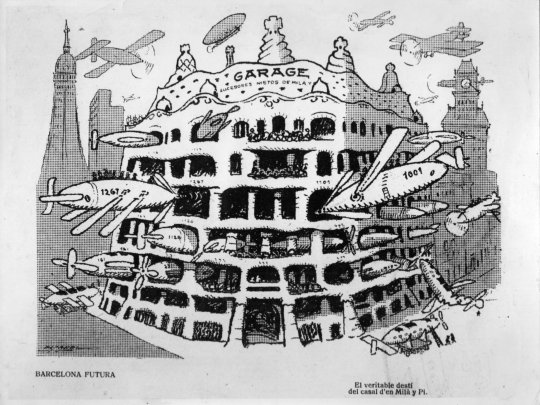
In 1912, the popular magazine L'Esquella de la Torratxa imagined that this extravagant futuristic building could only be a garage for parking airship and air-planes. This satirical drawing is titled "Future Barcelona. The true destiny of the Milà and Pi house". (Milà and Pi were the owners of this building).
The text that accompanied this illustration wondered if this building is the Wagnerian Valhalla, an anti-aircraft defense for the Moroccan War, or a hangar for zeppelins.
What do you think? Was the banter justified?
#la pedrera#casa milà#barcelona#catalunya#història#arquitectura#arts#history#architecture#antoni gaudí#gaudí#unesco world heritage#world heritage#historical#history tag#art history#art#modernisme#travel
188 notes
·
View notes
Text

#Barcelona#Cataluña#Spain#Gaudí#Antoni Gaudí#building#architecture#Casa Batlló#facade#colourful#roses#Sant Jordi#princess#dragon#red#blue#green#my photos#Canon photography#Canon G9X#tourism#travel#spring#aesthetic#Canon#travel photography#art#flowers
6 notes
·
View notes
Text
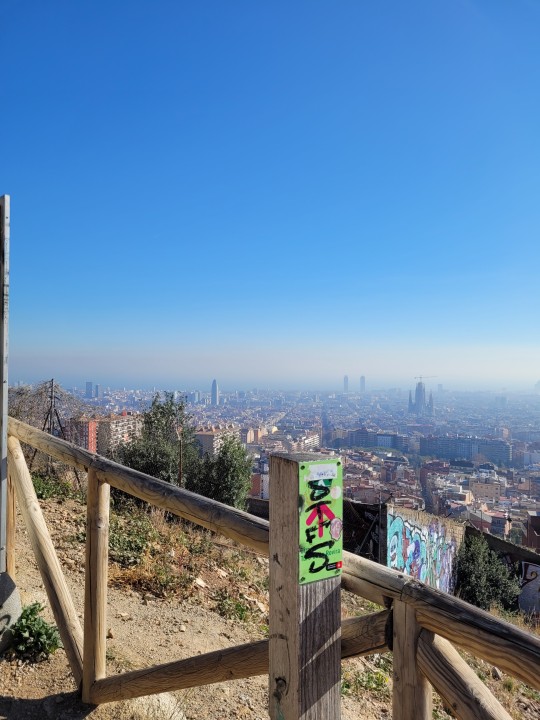



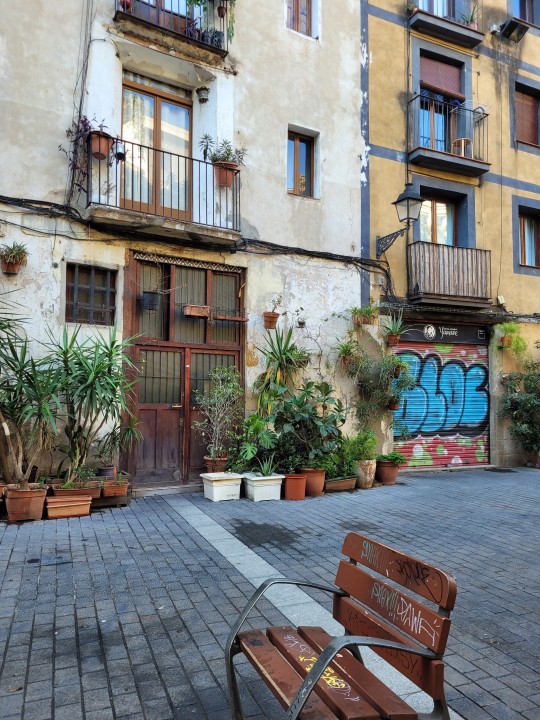
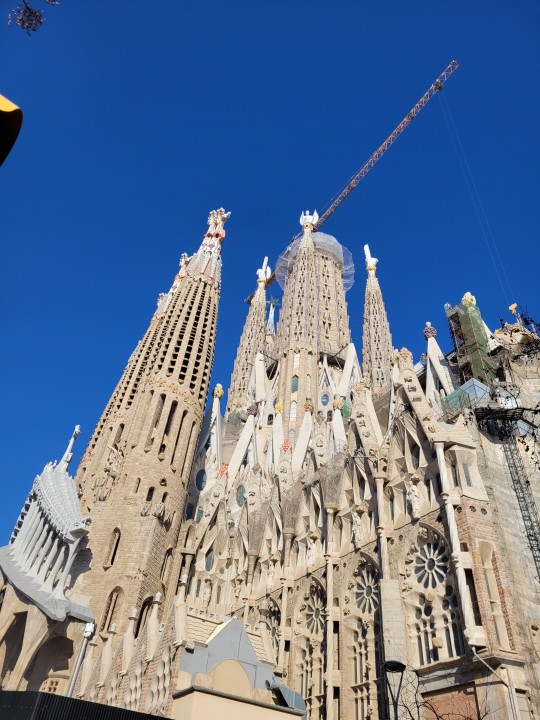
What crazy bastard puts bananas and grapes on a church?
13 notes
·
View notes
Text

"La línea recta es trazada por los hombres, la curva es la línea de Dios"
--Gaudí
3 notes
·
View notes
Text


Sagrada Familia, Barcelona
5 notes
·
View notes
Text




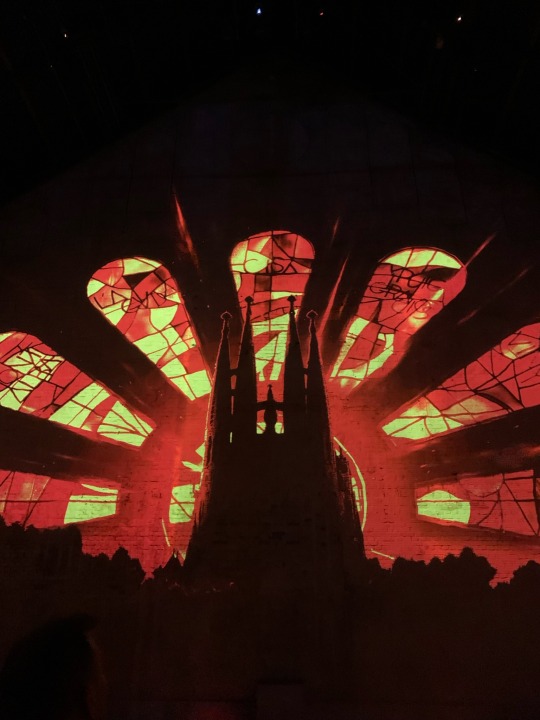

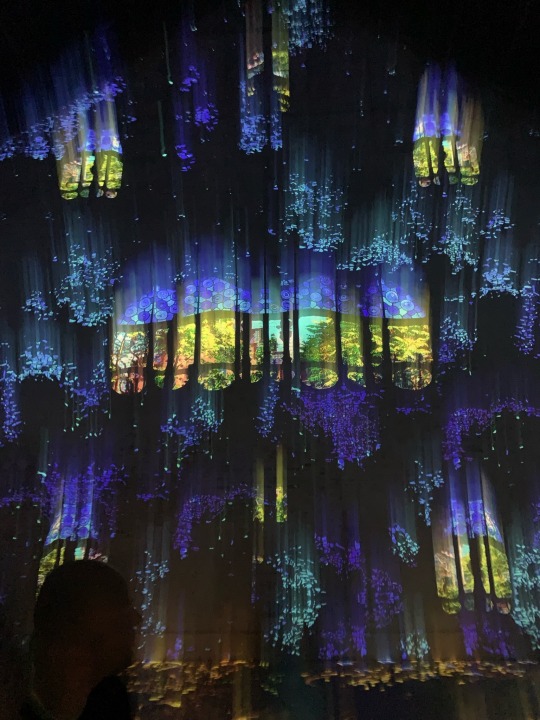

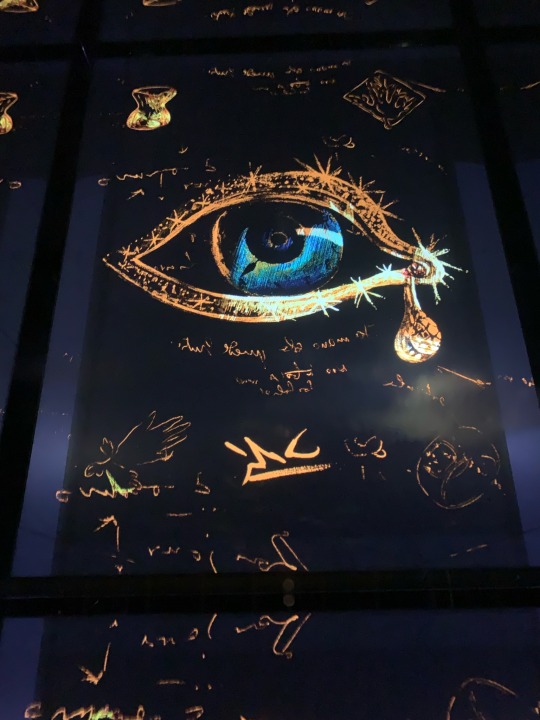
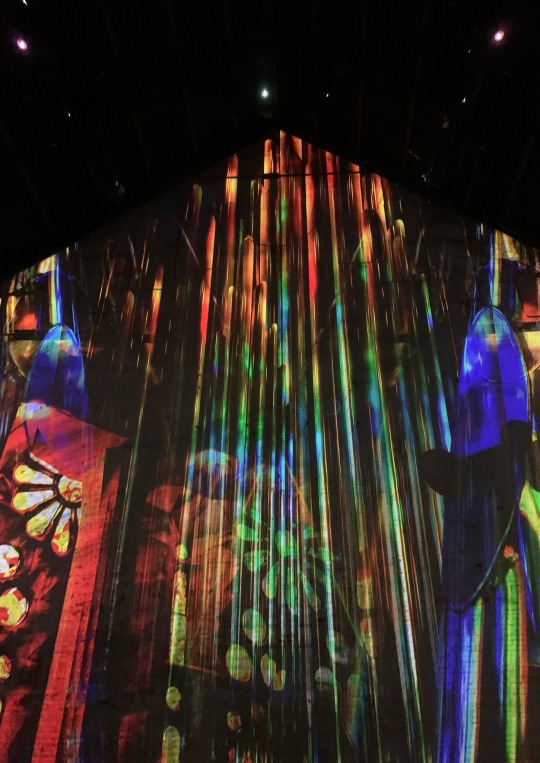
The works of Dali and Gaudí at Fabrique des Lumières in Amsterdam
#it was really beautiful#the whole room lights up with beautiful art works#there was also a mirror room with art on the ceiling which was really trippy#inspiration#fabrique des Lumières#Gaudí#Dali
7 notes
·
View notes
Text


2 notes
·
View notes
Text


6 notes
·
View notes
Text

Palacio Episcopal de Astorga baixo a neve
10 notes
·
View notes
Text

#Barcelona#Cataluña#Spain#Gaudí#Antoni Gaudí#building#architecture#art#facade#colourfoul#roses#red#nature#naturecore#Sant Jordi#princess#dragon#blue#green#my photos#Canon#Canon photography#Canon G9X#tourism#travel#spring#flowers#travel photography#aesthetic
3 notes
·
View notes
Photo
imaginar, de pronto vives en una casa línea gaudí, donde por ejemplo cuando despiertas en tu habitación, lo primero que ves es un cielorraso curvo con colores pastel que lentamente cae sobre ti como un sueño
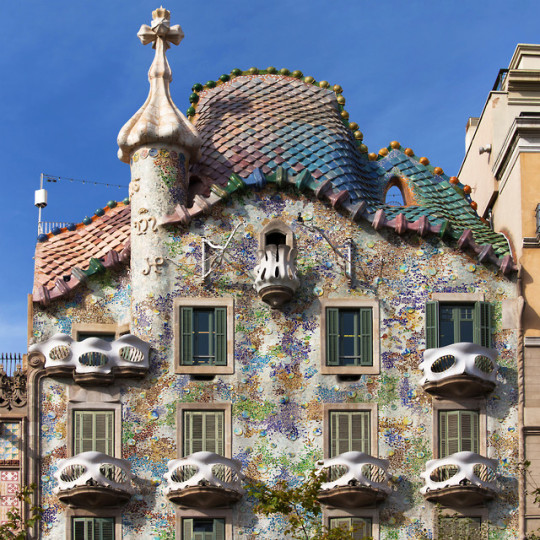
Casa Batllo in Barcelona, Spain. Built in 1877, it was remodelled in the Barcelona manifestation of Art Nouveau, modernisme, by Antoni Gaudi in 1904
17K notes
·
View notes
Text
🇪🇸 Spain – A Fiesta for the Senses
✨ IMAGINE DANCING FLAMENCO IN SEVILLE AS THE SUN SETS OVER HISTORIC PLAZAS... Vibrant culture, delicious tapas, and lively festivals make Spain an unforgettable destination. 💃 Best Places to Visit:
Barcelona: Admire Gaudí’s architectural wonders.
Madrid: Dive into Spanish culture with flamenco shows & royal palaces.
Seville: Discover historic charm & the breathtaking Alcázar Palace.
👉 Book your Spain trip now: https://trip.tp.st/kSxSLd6M

0 notes
Text
"Il pittore di anime" di Ildefonso Falcones: Un capolavoro di storia e passione. Recensione di Alessandria today
Un’immersione nella Barcellona modernista. Il romanzo "Il pittore di anime" di Ildefonso Falcones, autore del celebre La cattedrale del mare, è una storia che intreccia arte, amore e lotte sociali nella Barcellona del primo Novecento.
Un’immersione nella Barcellona modernista.Il romanzo “Il pittore di anime” di Ildefonso Falcones, autore del celebre La cattedrale del mare, è una storia che intreccia arte, amore e lotte sociali nella Barcellona del primo Novecento. Attraverso la maestria della sua narrazione, Falcones ci trasporta in un’epoca di trasformazioni culturali e politiche, regalando un affresco vivido e…
#Alessandria today#amore e rivoluzione#arte e giustizia#arte e modernismo#arte e società#Barcellona modernista#cultura e arte#Gaudí#Google News#Il pittore di anime#Ildefonso Falcones#italianewsmedia.com#lettura di qualità#letture indimenticabili#libri consigliati#libri sull&039;arte#lotta sociale#modernismo catalano#narrativa d&039;autore.#narrativa emozionante#narrativa europea#narrativa ispiratrice#narrativa spagnola#Narrativa storica#personaggi indimenticabili#Pier Carlo Lava#romanzi di Falcones#romanzi di successo#romanzi storici#Romanzo storico
0 notes
